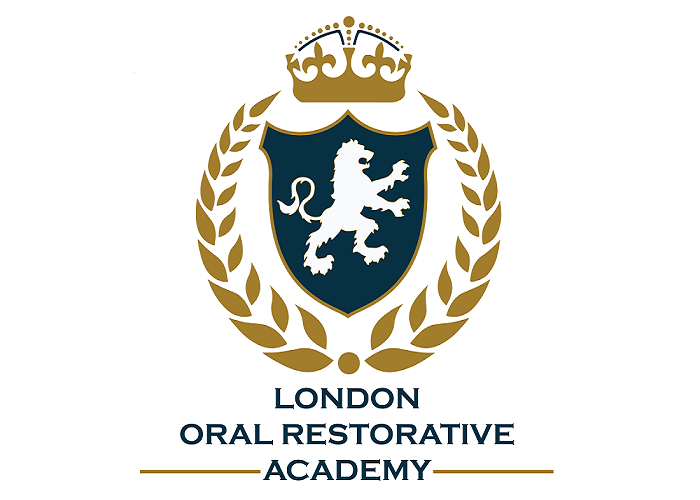Noha Ayman Ghallab
Cairo University, Egypt
Title: Corticotomy-assisted slow maxillary expansion with bone allograft assessed with cone beam computed tomography in young adults
Biography
Biography: Noha Ayman Ghallab
Abstract
Introduction: There is low evidence regarding the effect of slow palatal expansion in the treatment of bilateral posterior cross-bite. In adults the treatment had always been directed to surgical maxillary expansion. Therefore, this study aimed at evaluating corticotomyassisted slow palatal expansion using cone beam computed tomography (CBCT). Material & Methods: The study included 6 females, 19-20 years old, with bilateral posterior cross-bite and Class III malocclusion. CBCT was taken pretreatment (T0), immediately post-expansion (T1) and 3 months following the end of orthodontic treatment (T2). Four banded quad-helix appliance assisted with buccal corticotomy and bone allograft was used for expansion. The expansion was activated every 2 months. Fixed orthodontic appliance was performed to continue the treatment of the cases. CBCT was used to measure and record amount of expansion and tipping of premolars and first molars. The bone fenestrations were also recorded as
scores. Data were statistically analyzed.
Results: The bilateral posterior cross-bite was treated in 8.5 months. The amount of expansion increased significantly from T0-T1;
5.58±0.77 mm, yet it was non-significant from T1-T2; 1.16±0.34 mm. There was a significant increase in mean tipping angle from
T0-T1 without a significant increase from T1-T2. Regarding buccal bone fenestrations, there was a significant increase from T1-T2
(1.59±1.19, 1.79±1.18 mm, respectively). An inverse correlation was found between bone fenestration and cervical and middle buccal cortical bone thicknesses at T1 and T2.
Conclusions: Corticotomy-assisted expansion with quad-helix was an efficient treatment modality of bilateral posterior cross-bite in young adults. Moderate bone fenestration was recorded at the end of expansion.

